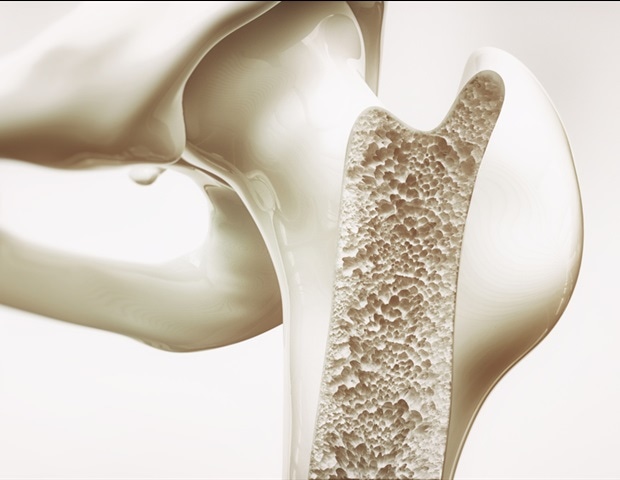Being a newborn is tough. Babies start out all squished up in the womb, then are forcibly squeezed out of their cozy home. And that’s just day one of being out in the world.
Soon, they’re expected to strengthen their muscles and start lifting their head. No wonder they scream when tummy time starts.
Pediatric occupational therapist Kaili Ets says that baby’s refusal to do tummy time could actually be about stiff muscles along the front of their bodies from being in the fetal position for so long.
What’s upside-down tummy time?
That’s when upside-down tummy time comes in. Also called gravity pose, upside-down tummy time helps your baby stretch the muscles of their chest and neck.
“The reason we want to get babies into this position is because that really scrunched up position in utero, or contractions and getting stuck in the birth canal can lead to some body tightness in the front of the body,” says Ets.
This tightness can make traditional tummy time uncomfortable for baby, because as Ets says, they’ll just want to curl up into fetal position when placed on their belly. Upside-down tummy time helps relieve tightness and open up the front of the body.
Ets says that this pose is also great for babies who get rashes in the folds of their necks because it allows some air circulation—and gives you an opportunity to wipe away any dried milk or formula.
How to do upside-down tummy time
Learn More with our Tummy Time Workshop!
In partnership with Peeka & Co., join Pediatric Occupational Therapist Kaili Ets from Kaili Ets Family Wellness in this workshop to learn more about tummy time and how to make it more enjoyable, not just for your baby but for you as well.

 PARENTING TIPS
PARENTING TIPS







 PREGNANCY
PREGNANCY








 BABY CARE
BABY CARE








 TODDLERS
TODDLERS








 TEENS
TEENS








 HEALTH CARE
HEALTH CARE







 ACTIVITIES & CRAFTS
ACTIVITIES & CRAFTS








 CONTACT
CONTACT ABOUT
ABOUT


















